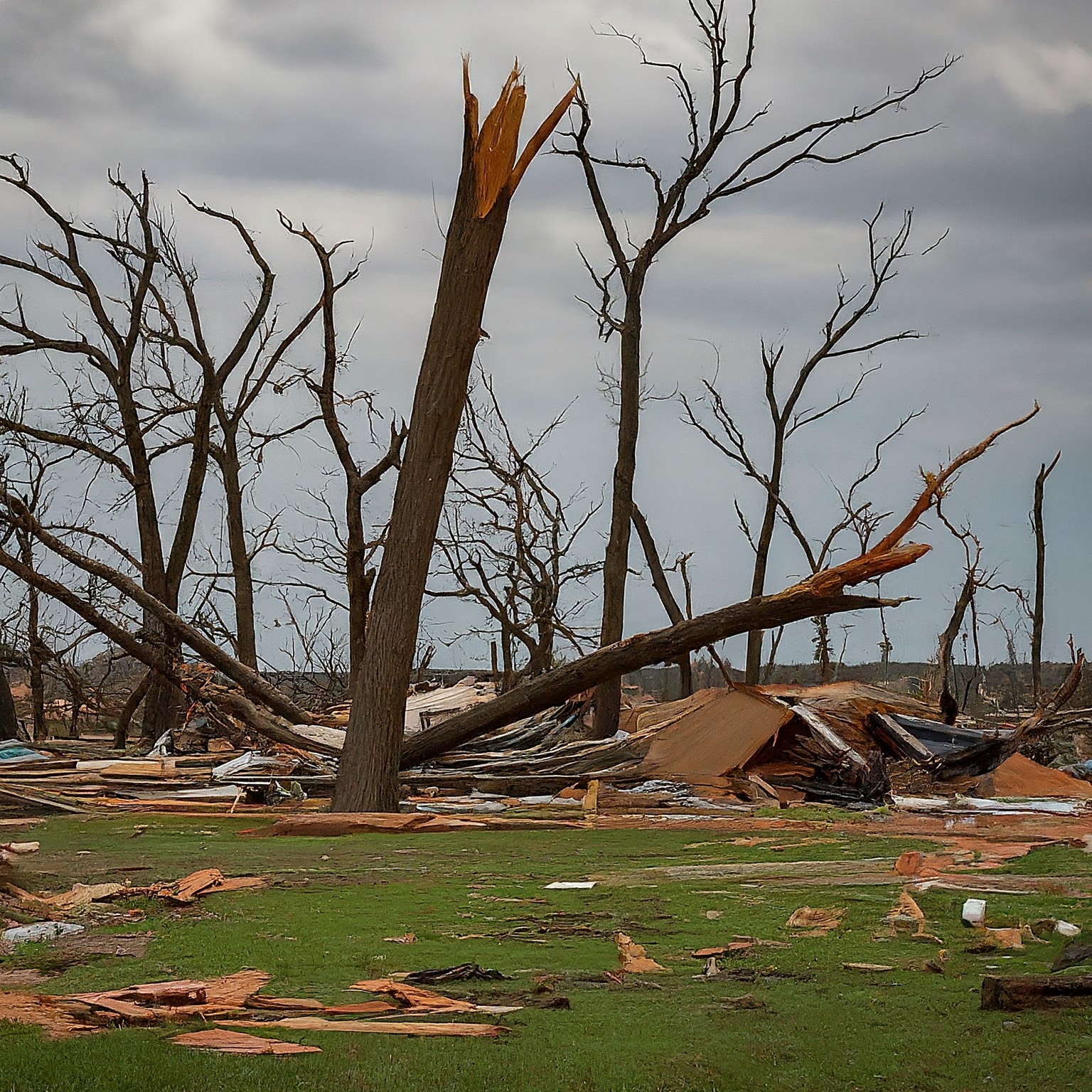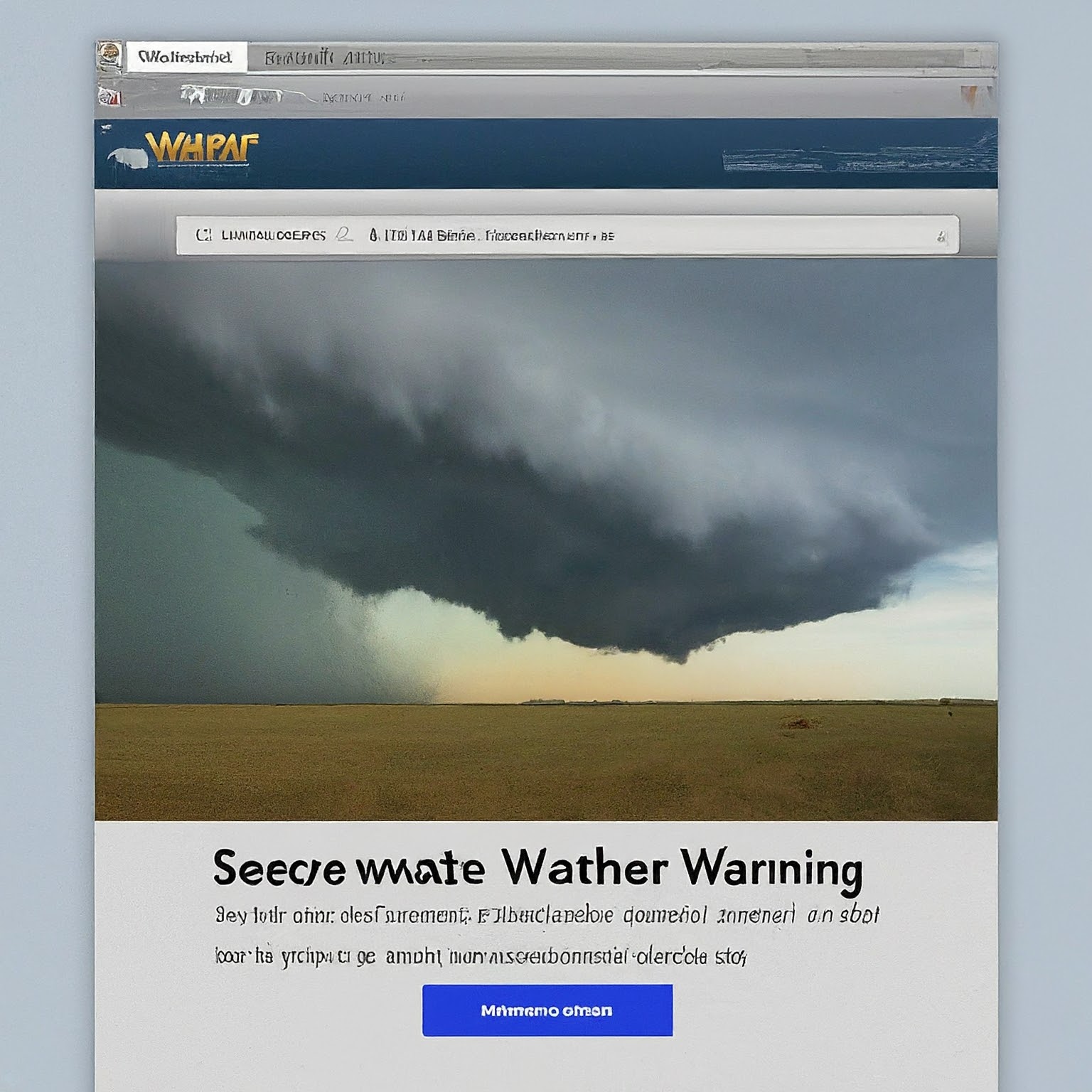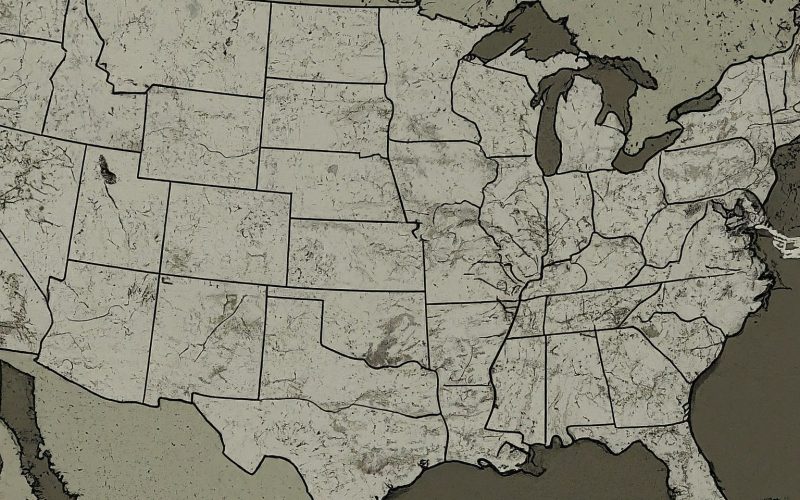Article by: Sarah Jones (Meteorologist & Storm Safety Expert)
Sarah Jones is a seasoned meteorologist with over 15 years of experience tracking severe weather patterns. Throughout her career, she has provided vital weather forecasts and safety guidance to communities impacted by storms. In this article, Sarah leverages her expertise to address the aftermath of the Oklahoma tornadoes and offers insights to keep readers safe during the lingering storm threats.
Oklahoma After the Storms: Recovery and Staying Safe
In the wake of a devastating late-April tornado outbreak that ripped through Oklahoma, the state grapples with the aftermath. Homes and businesses lie in ruin, families mourn the loss of loved ones, and communities band together to rebuild. While the initial shock subsides, a sense of resilience emerges as Oklahomans, alongside residents in Missouri, Texas, and surrounding areas threatened by lingering storms, prioritize recovery and safety.
This article serves as a comprehensive resource for those impacted by the recent tornadoes. We’ll delve into the current state of recovery efforts, explore ways to extend a helping hand, and most importantly, equip readers with crucial safety tips to navigate the ongoing storm threat.
Oklahoma in the Aftermath: Assessing the Damage
Preliminary damage assessments paint a grim picture. Twisters carved a path of destruction across several Oklahoma counties, leaving behind a trail of flattened buildings, uprooted trees, and scattered debris. The human cost is equally heartbreaking. Four lives were tragically claimed, with many others sustaining injuries.
While official figures are still being compiled, the extent of property damage is widespread. Homes, businesses, and infrastructure have all suffered significant blows. The coming days will be crucial for assessing the full impact of the storms and determining the resources needed for a long and complex recovery process.

The Human Cost: Honoring the Lives Lost
Beyond the physical devastation, the emotional toll of the tornadoes is profound. Families are grieving the loss of loved ones, and communities are grappling with the trauma of the event. In these moments of heartbreak, it’s important to come together and offer support. Local authorities are establishing resources for those affected, including grief counseling and emotional support services. Here, we can all play a role by reaching out to neighbors, friends, and family members who may need a listening ear or a helping hand.
Rebuilding Efforts: How You Can Help
As Oklahomans begin to pick up the pieces, a spirit of community shines through. Local organizations are spearheading relief efforts, providing essential supplies and services to those in need. Here are some ways you can contribute to the rebuilding process:
- Donate to reputable relief organizations: Numerous charities are actively supporting the communities impacted by the tornadoes. Research reputable organizations and consider making a financial contribution to help with immediate needs and long-term recovery efforts.
- Volunteer your time and skills: Many affected families require assistance with tasks like debris removal, cleaning, and temporary housing. If you possess skills that could be helpful, consider volunteering with local organizations coordinating relief efforts.
- Donate blood: Hospitals often experience an increased demand for blood donations following natural disasters. Contributing to local blood banks can ensure life-saving resources are available to those injured in the storms.
Storm Threat Lingers: Stay Weather Aware
While the initial wave of tornadoes may have passed, the threat of severe weather persists across Oklahoma, Missouri, Texas, and surrounding areas. The National Weather Service (NWS) continues to monitor the situation closely, issuing watches and warnings as needed. Staying informed and weather-aware is critical for ensuring your safety during this time.
Here are some resources to help you stay on top of the latest weather developments:
- National Weather Service (NWS): The NWS website (https://www.weather.gov/) provides real-time weather updates, forecasts, and warnings specific to your location. Sign up for local alerts to receive immediate notifications of severe weather threats.
- Local News and Media: Local news stations and websites often provide up-to-date weather information tailored to your region. Tune in for regular weather updates and follow their social media channels for breaking news.
- Weather Apps: Numerous weather apps can be downloaded on your smartphone or tablet. These apps offer real-time weather data, severe weather alerts, and even radar imagery, allowing you to visualize approaching storms.
Remember: Don’t wait until a storm is imminent to gather information. Familiarize yourself with these resources now, so you’re prepared to act quickly if a severe weather threat arises.

Essential Safety Tips During Severe Weather
Knowing what to do when a storm strikes can make all the difference in ensuring your safety. Here are some essential safety tips to remember:
- Have a plan: Develop a severe weather plan for your household and practice it regularly. This plan should include identifying designated shelter areas in your home, having a communication plan with family members, and preparing an emergency kit with essential supplies.
- Take shelter immediately: If a tornado warning is issued for your area, seek shelter immediately in a designated storm shelter, basement, or interior room on the lowest level of your home. Stay away from windows and doors.
- Don’t get in your car: During a tornado warning, never attempt to outrun a tornado in your car. This is extremely dangerous. Find a sturdy shelter and stay put until the warning is lifted.
- Monitor the weather constantly: Stay informed about the latest weather updates and warnings through the resources mentioned earlier. Don’t ignore severe weather warnings, even if the sky appears calm at the moment.
When to Take Shelter and What to Bring
Knowing when to take shelter is crucial. Don’t wait until you see a tornado to seek protection. Take shelter immediately if any of the following conditions are present:
- A tornado warning is issued for your area.
- You see a large, dark, rotating cloud in the distance.
- You hear a loud, persistent roar that sounds like a train approaching.
Here’s what to bring with you to your designated shelter:
- Emergency kit: Ensure your emergency kit contains essential supplies like bottled water, non-perishable food, a battery-powered radio with extra batteries, a flashlight, a first-aid kit, and essential medications.
- Blankets or pillows: These can provide warmth and comfort during your time in the shelter.
- Sturdy shoes: Wear sturdy shoes that can protect your feet from debris in case of a collapse.
- Cell phone: If possible, bring your cell phone to stay updated on the situation and to contact emergency services if needed.
Remember: Every second counts during a tornado. Having a pre-designated shelter and a well-stocked emergency kit can significantly improve your chances of staying safe.
Stay tuned for the next section where we’ll discuss resources available to those affected by the storms and how to prepare for future weather events.










